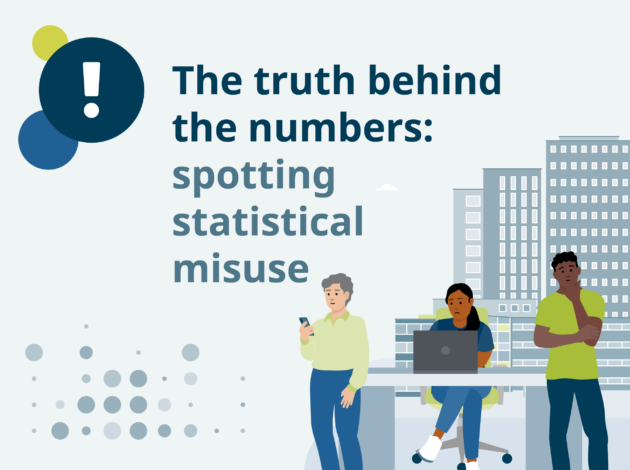Gathering insights for harmonised standards on sex and gender identity

Work by the Government Statistical Service (GSS) harmonisation team to develop new standards for sex and also for gender identity data collection is underway with a series of listening events beginning next month. Emma Rourke explains the aims for these events and how the insights gathered will support the growing evidence base for data collection on these topics.
Read more on Gathering insights for harmonised standards on sex and gender identity

